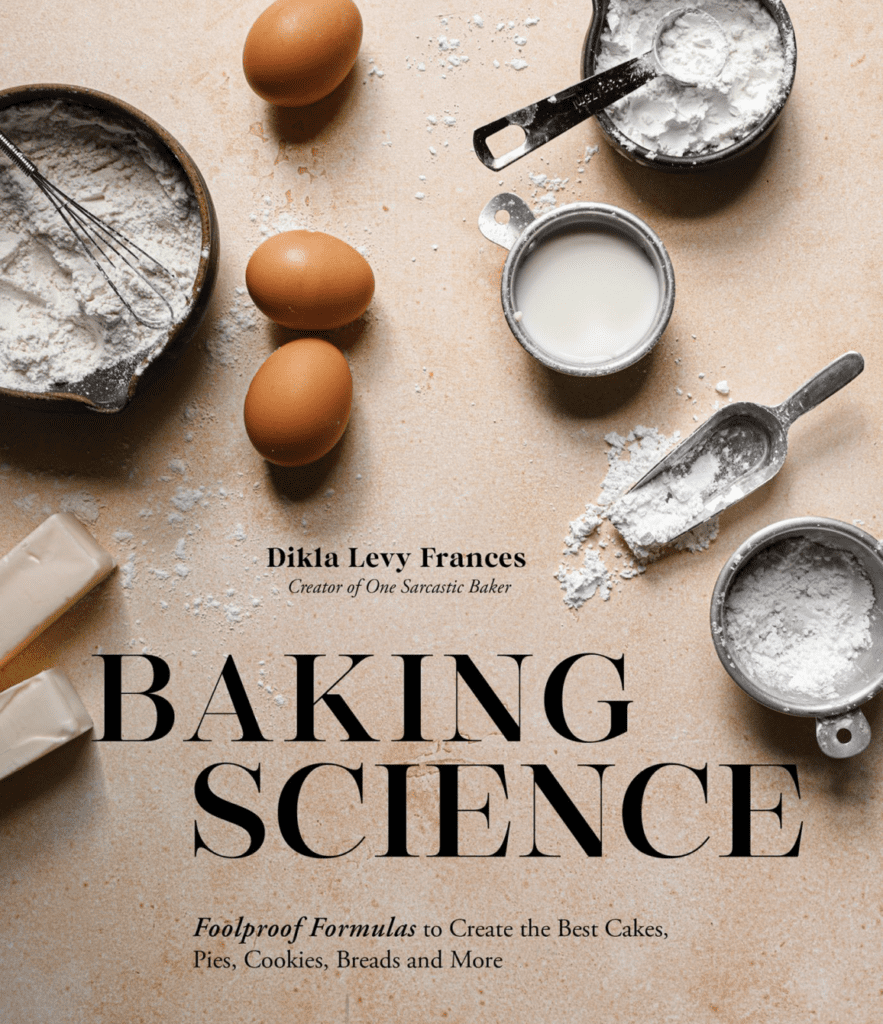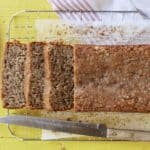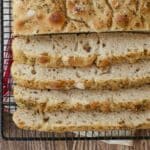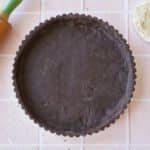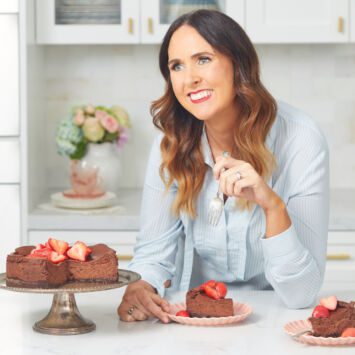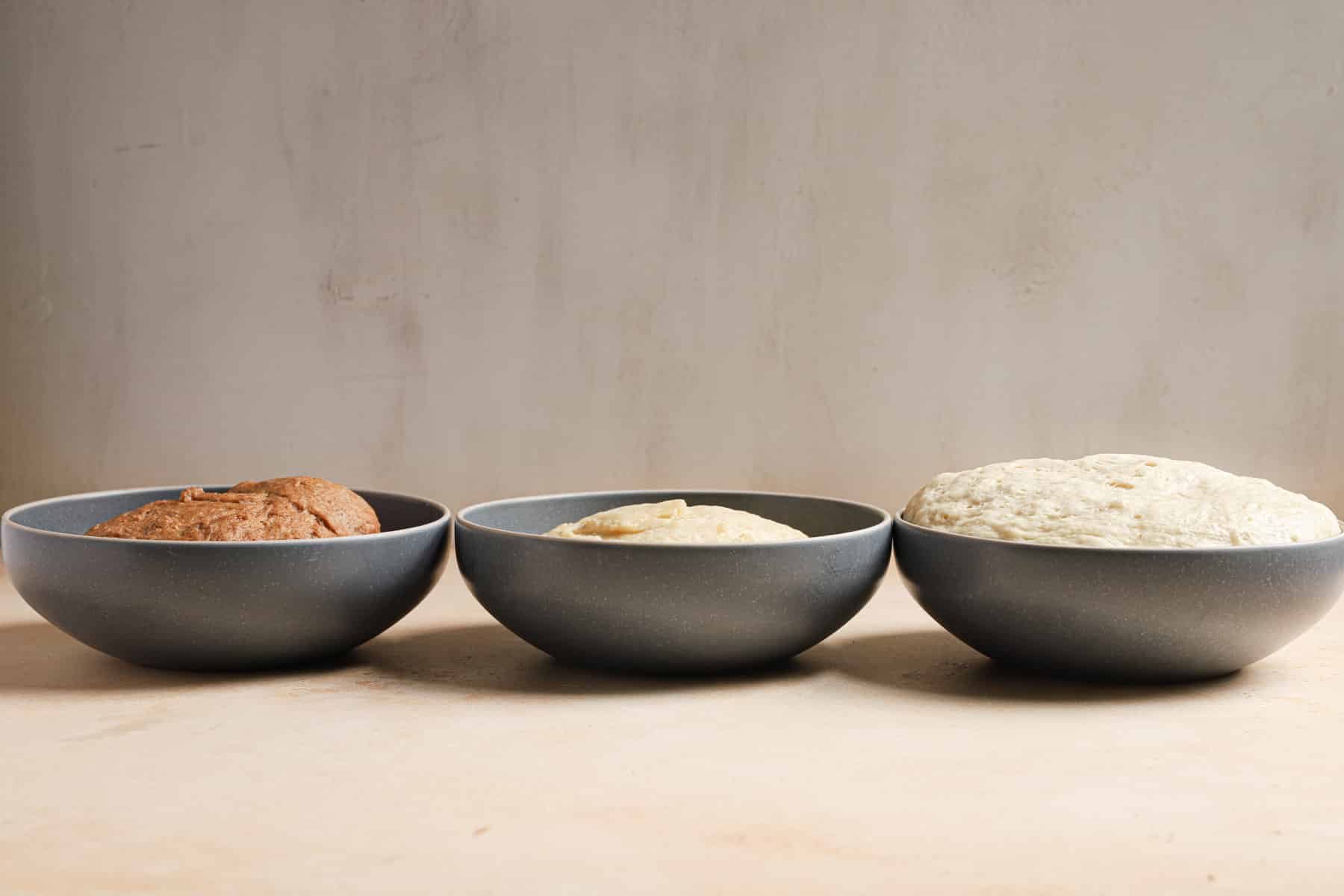
This post may contain affiliate links. Please see my full disclosure for details.
Hi Bold Bakers!
IN THIS ARTICLE: Getting bread to rise can be a tricky process, but it comes down to a few essential processes and reasons — and our Bold Baking Network expert Dee Frances is here to explain the science behind it, so you can be successful every time.
Baking homemade bread, pastries, and other yeasted bread can be one of the most rewarding processes. But, it can be just as frustrating when something goes wrong, and instead of having a fluffy and puffy dough, we end up with a big shaggy mass.
This is why I am here to take out the frustration and explain the process so you can master your bread baking skills every single time.
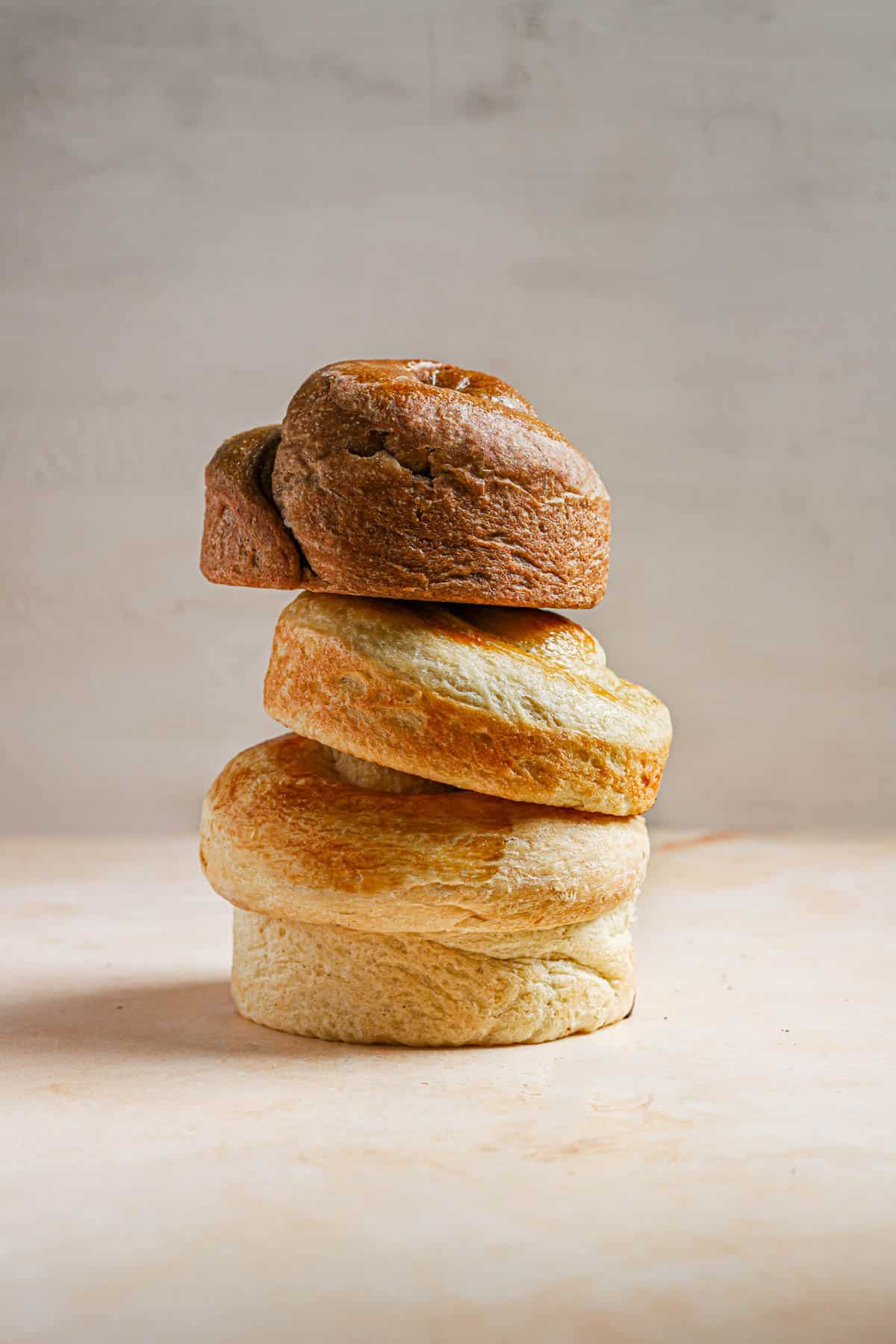
The Fermentation Process
When we bake bread, whether we use our very own starter or store-bought yeast, the process is the same, and it’s called fermentation.
What Is Yeast?
Yeast is a tiny microbiology single-cell organism that is basically everywhere, and they thrive and multiply in a humid environment by feeding on sugar. This is how when we mix flour and water together in a mason jar, the yeast (which remember are everywhere) start to feed on the sugar in the flour and as a result, they release gas and multiply.
What Is The Fermentation Process?
When the yeast feed on the sugar, they break down the sugar and turn it into gas (Carbon dioxide) molecules and alcohol molecules. That process is referred to as the fermentation process.
How Fermentation Affects Baking
When we bake bread or any other yeasted baked goods, we rely on the fermentation process to leaven the dough and provide a tender and fluffy texture. There could be a few reasons for the dough not to rise, some are related to the mixing process and others to our ingredients — I detail some of those below.

Mixing Process
If I mix some yeast with sugar and warm water, within 10 minutes we will notice a thick foam on top. As time goes by the fermentation process will continue and the mixture will potentially thicken and expand. BUT because there is nothing to trap the activity, the gas will be released to open space and the foam will collapse at some point.
This is why when we bake bread we must make sure that we create strong gluten chains that can trap the gas during the fermentation process. To do that, make sure you knead the dough long enough until it is elastic and it stretches as you gently pull it without tearing.
Remember that gluten binds and tightens during the mixing process, so the more you mix the tighten the bond is.
You can clearly see the difference between the dough that was mixed for 5 minutes vs. the one that was mixed for 2 minutes. The 5 minutes one not only rose to the top of the bowl, but it is also elastic and light. The 2 minutes one did not rise as much as it tore easily as I pulled it.

Not only that, after baking, the 5 minutes dough was light, airy, and fluffy vs. the 2 minutes one which was dense and tangy.
The Ingredients
Yeast
First, make sure that the yeast is fresh and not dead. You can make a sponge by mixing the yeast with warm water and sugar and check after a few minutes for the activity.
Also, make sure that the water you are using is not hot. Hot water will kill the yeast. You’ll want warm, blood-temperature water — this means when you put your finger in it, you can’t tell where your finger ends and the water begins.
Fat
Fat (butter and oil) coats the flour molecules and prevents them from bonding. That means that if your recipe calls for a large amount of fat pay attention and make sure to first mix the flour and create the gluten bonds, then add the fat.
Spices
Some spices such as cinnamon, ginger, and garlic have anti-microbe properties. That means that they disturb and prevent yeast fermentation. So, adding spices like these to the flour mixture is not a good idea.
We can clearly see in the picture how the dough with the spices, even though it was mixed for 5 minutes, still did not rise to the top of the bowl and did not bake as high as well.

While not all spices have the same anti-microbe properties, avoid adding any to the flour mixture. Spread cinnamon or other spices filling after the first fermentation process is the way to go.
So, About Baking Bread
Baking your bread and getting a good rise — or oven spring — comes from all of the hearty gluten you’ve developed trapping all the gasses inside of the dough as it bakes. This is how you avoid bread that falls flat, through things like proper ingredients, preparation (kneading, folding, resting, rising), and making sure your oven (and the surface for your dough, like a cast iron Le Creuset) are pre-heated to the proper temperature according to the recipe you’re following. When it comes to sourdough, the hotter the better for the oven spring — you should always reduce the heat after that initial period, though.

Connect With Dee Everywhere
You can find Dee in all kinds of places on the internet. Give her a visit, a follow, and some online love!
- OneSarcasticBaker.com
- Instagram: OneSarcasticBaker
- TikTok: @OneSarcasticBaker
The Bold Baking Network
Bigger Bolder Baking is thrilled to introduce you to the Bold Baking Network, a team of talented chefs, creators, and experts looking to teach, entertain and help you on your baking journey. Here are more articles from our amazing collaborators.
- Dirty Chai Brownies
- Cinnamon Roll Muffins
- Homemade Hamantaschen Cookies
- Baking Powder VS. Baking Soda When Baking Cookies
- Passover Cream Puffs
- Carrot Cake Muffins (With A Cream Cheese Filling)
- Enhancing The Taste Of Sugar
Buy Dee’s Cookbook
If you’re into baking science, look no further than Dee’s brand new cookbook that’s all about the why’s and how’s of baking — it’s literally called Baking Science. You can buy it right here.
